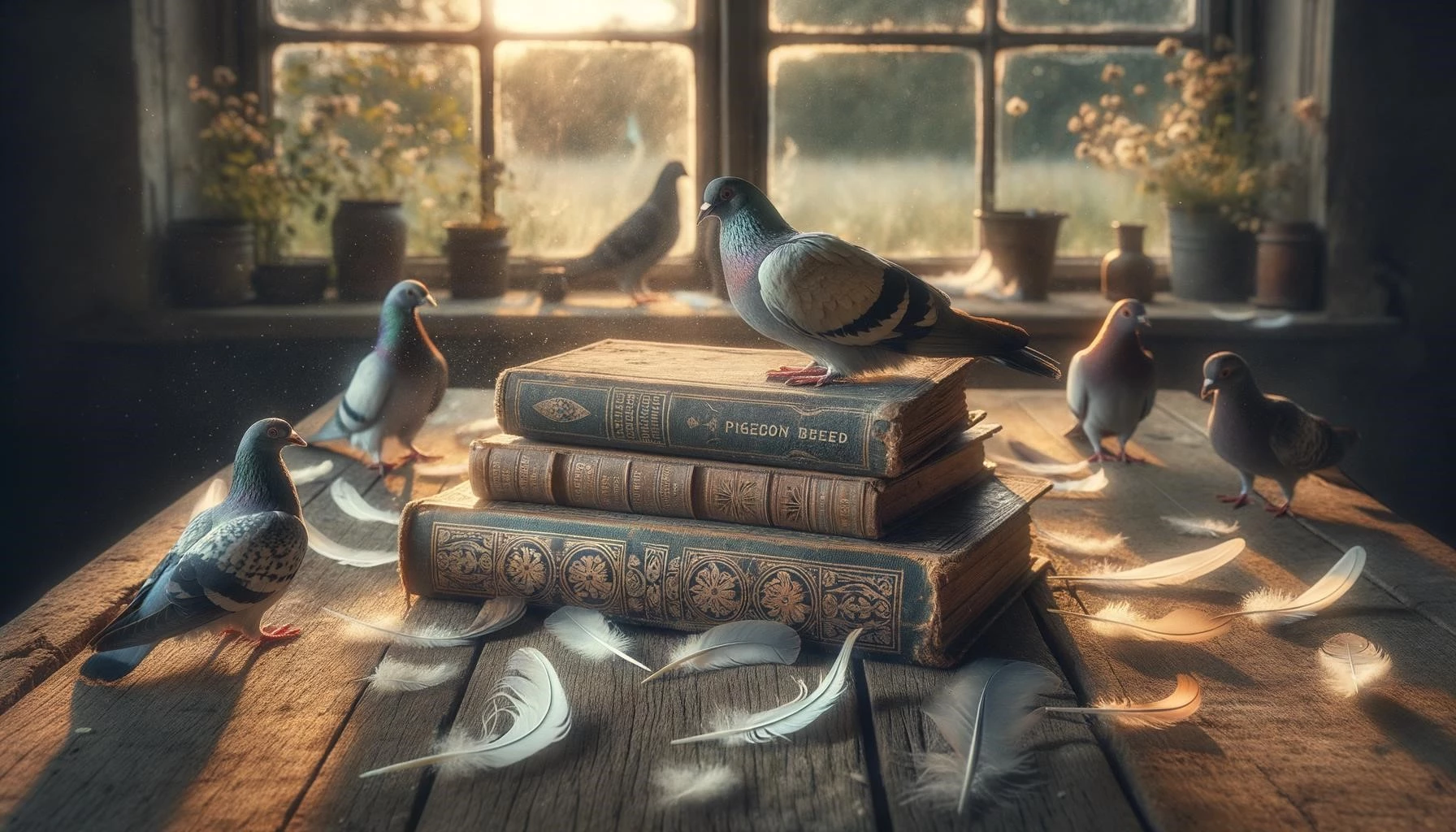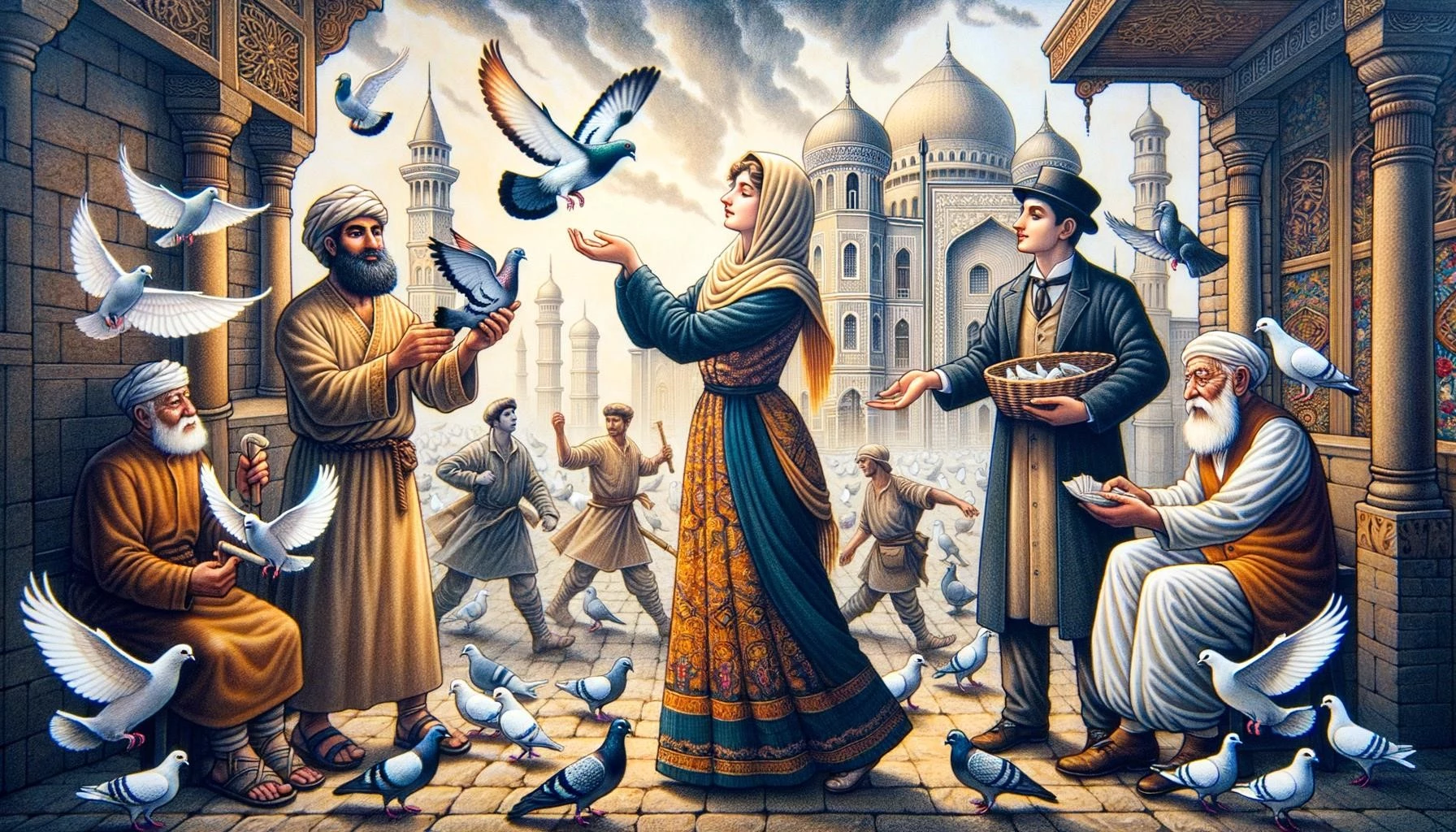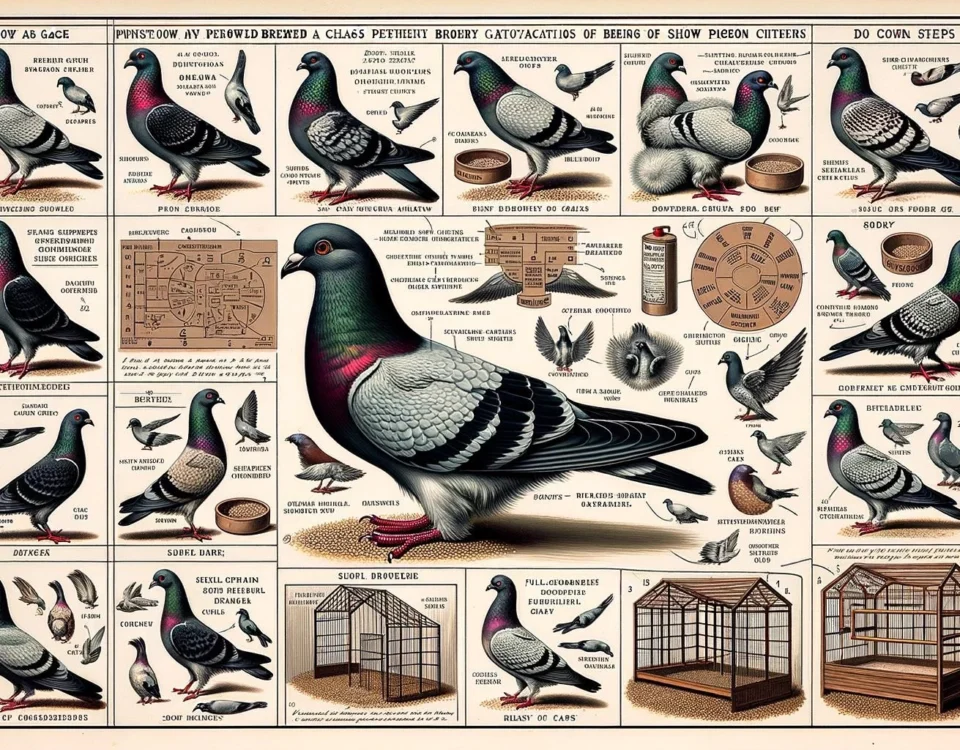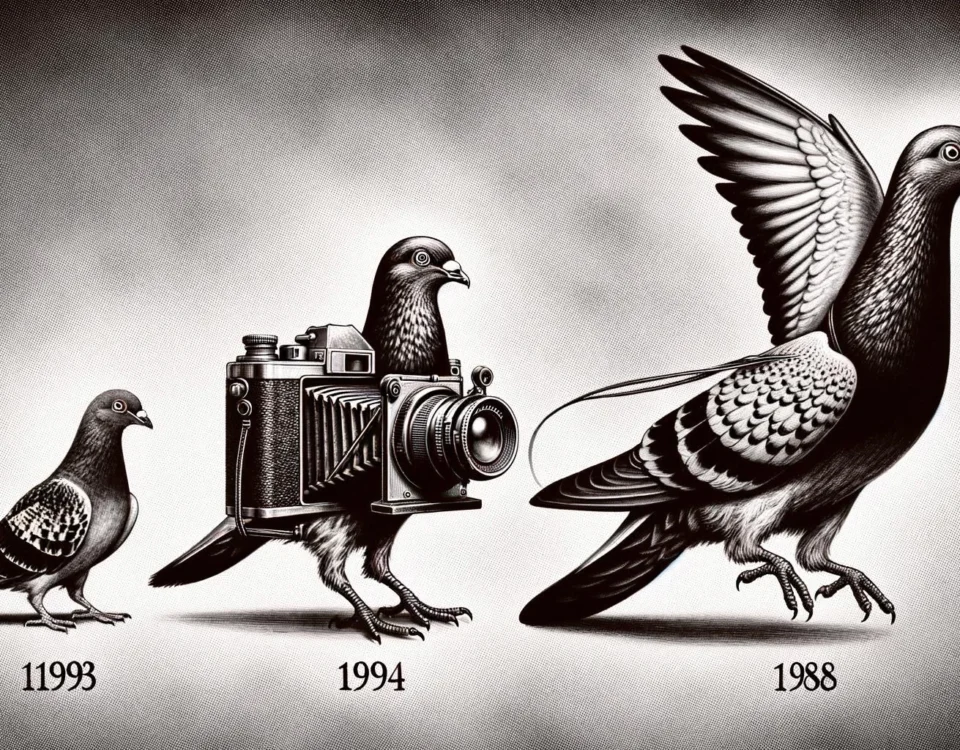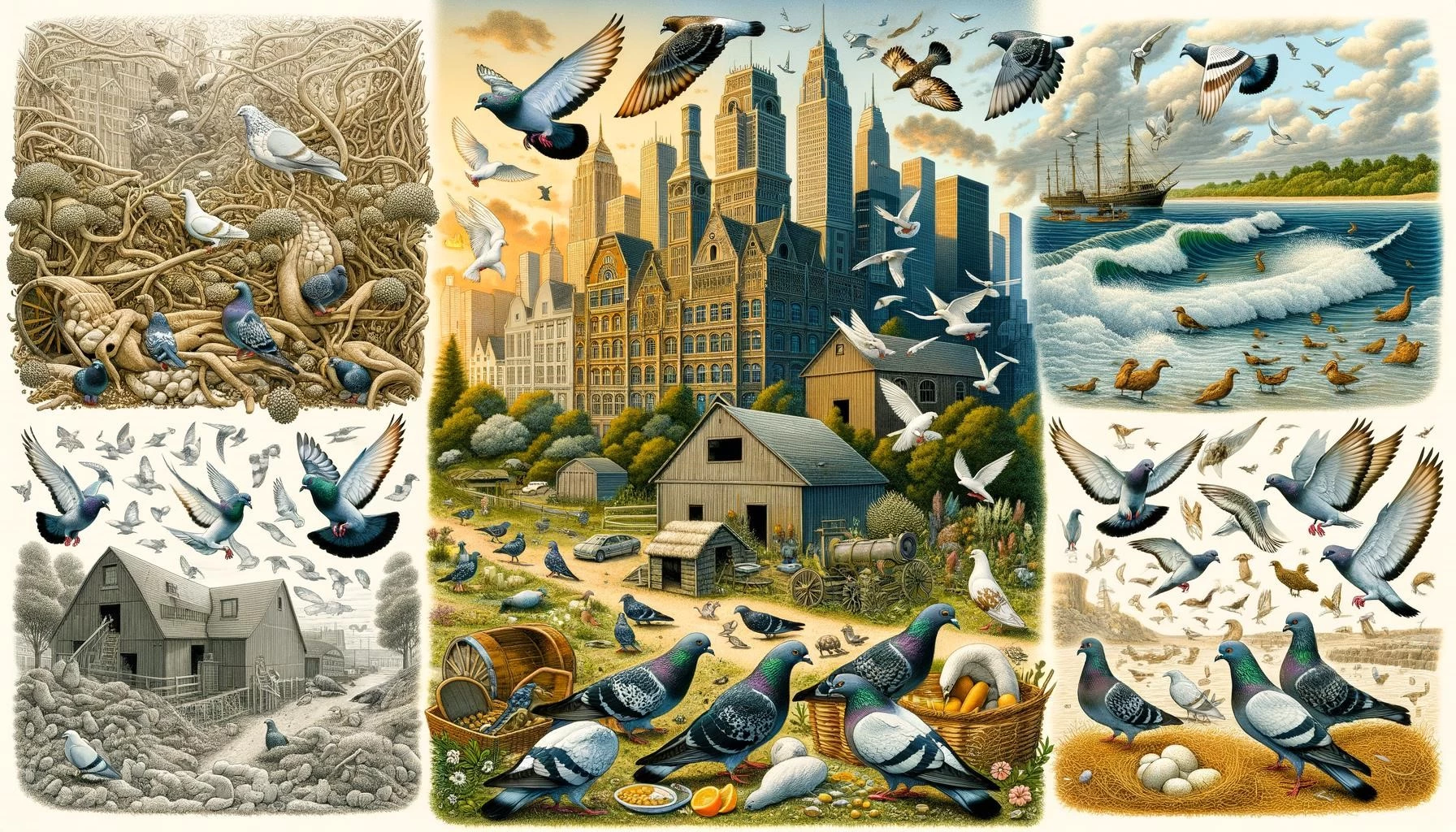From their ancient role as messengers to their symbolic presence in art and culture, pigeons possess a rich and intriguing history that intertwines with human civilization. These feathered creatures, found in urban landscapes worldwide, are not only admired for their navigational prowess but also for their cultural significance in representing love, peace, and spirituality. As we delve into the world of pigeons, we’ll discover their remarkable adaptation to city life, their beneficial ecological role, and the health risks associated with their urban presence.
Key Takeaways
- Pigeons have a fascinating history, being one of the world’s oldest domesticated birds.
- They were used as messengers in ancient civilizations and played important roles in trade and diplomacy.
- Pigeon breeding and racing are popular activities in many cultures.
- Pigeons have been portrayed in art, literature, and folklore, symbolizing love, peace, and spirituality.
- In the urban environment, pigeons have adapted well and can be found in cities worldwide.
Pigeons as Messengers and in Historical Events
Pigeons have a long history of being used as messengers, dating back thousands of years. Ancient civilizations such as Persia, Mesopotamia, Egypt, Greece, and Rome trained pigeons to deliver important messages. Pigeons were used during times of war, to announce victory, relay news of sporting events like the Olympic Games, and for chariot races. Genghis Khan also established a pigeon messaging system across Asia and Eastern Europe. Pigeons played a vital role in communication before modern technologies.
In addition to their role as messengers, pigeons have been present in various historical events. During World War I and II, pigeons were used to deliver messages on the battlefield when other communication methods were unreliable. Pigeons played a crucial role in saving human lives by delivering important information. Their extraordinary navigational skills and ability to find their way back home made them invaluable during times of war.
Pigeons in Art, Literature, and Culture
Pigeons have made their way into art, literature, and folklore throughout history. They have been featured in paintings, sculptures, and literary works. Pigeons are often portrayed as symbols of love, peace, and spirituality. In many cultures, pigeons are associated with positive meanings and are considered sacred or spiritual. For example, in Native American mythology, pigeons symbolize peace and harmony and are present at spiritual ceremonies. The belief that pigeons carry souls is also prevalent in some cultures, where they are seen as messengers from deceased loved ones.
Pigeons have been praised and admired by poets and writers for their beauty, loyalty, and ability to navigate long distances. They have been mentioned in ancient Greek and Roman mythologies as symbols of love and fertility. In Islamic culture, pigeons are known as Prophets’ birds and are regarded with reverence. Pigeons have a significant presence in various cultural expressions worldwide, further highlighting their importance to human societies.
Pigeons in Urban Environments
Pigeons have successfully adapted to urban environments and can be found in cities worldwide. They are often considered a nuisance due to their droppings and tendency to congregate in public spaces. However, their presence in urban areas can also provide benefits. Pigeons help control insect populations by feeding on pests that damage crops. Some urban ecosystems rely on pigeon populations as a food source for birds of prey.
The abundance of food and nesting sites, as well as the absence of natural predators, contribute to pigeons’ thriving in cities. While some efforts are made to manage pigeon populations in urban areas, their adaptability and resilience allow them to flourish. Pigeons continue to be a common sight in cities, playing a role in shaping the urban wildlife landscape.
It is important to note that pigeons’ droppings can pose health risks, especially when they accumulate in large quantities. Diseases such as Histoplasmosis and Cryptococcosis can be transmitted through the inhalation of fungal spores found in pigeon droppings. Proper management and cleaning of areas heavily populated by pigeons can help minimize these risks in urban environments.

